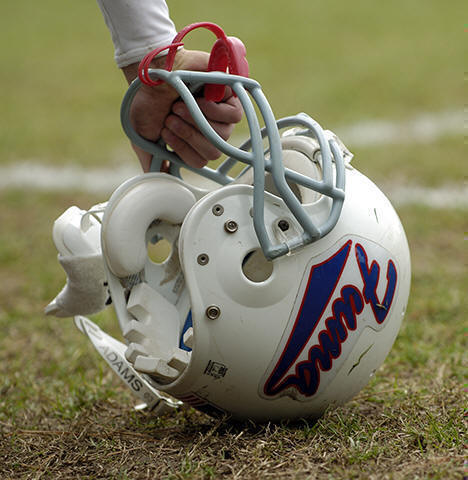Bending the rules. For parents that could mean any number of minor infractions: a candy bar before dinner, an hour of television before bed. In those cases, by all means bend away. Some rules, however, shouldn’t bend at all.
The latest report from Safe Kids Worldwide reveals that one in five parents of young kids admit to “bending the rules” while riding in cars with their children, according to the organizations recent study, as reported by NBC 5 Chicago. Safe Kids also notes that three times as many parents admit that they’ve seen other parents doing the same; and one in four parents admit to failing to secure a child with a seat belt during a car ride. The report was based on a survey of 1,000 parents of children ages 4 to 10. These eye-opening numbers show just often adults endanger the lives of their children by overlooking typical safety measures.
Parents, adults and caregivers cited “quick rides,” “traveling overnight,” and the fact that they’re “in a rush” as reasons for not securing a child properly. Nineteen percent of parents between the ages of 19 and 29 often “reward” their child by allowing them to sit in the front seat without a seat belt. A number of parents also believe that a child is safe as long as they’re able to monitor while driving.
Affluent parents and households with higher levels of education were more likely to say that it was okay for a child to ride in a car without a seatbelt, and men were more likely than women to admit that riding in a car with an unrestrained child was acceptable practice. As income level increased adults more frequently said it was okay for a child to ride in a car without a seatbelt.
The report also found that three out of ten parents don’t discuss car safety with other adults when it comes to carpooling, including the use of booster seats. Although 92 percent of parents and caregivers had heard of booster seats only 17 percent shared concerns about their child’s safety.
Based on the findings, Safe Kids recommends several strategies for parents to take advantage of moving forward:
It goes without saying: buckle up your kids and friends’ kids every ride, every time. Nearly one-third of children who die in car crashes are completely unrestrained. It’s a simple and necessary mantra for keeping your child safe and secure for every ride. Make it a habit for older children who can buckle themselves, and make sure to check they’ve done so properly before setting out on your ride.
Talk to other parents who are driving your kids about eh importance of buckling up. Half of parents who report not talking about child safety seats with other adults said that they trusted them and assumed they would take the necessary precautions for keeping kids safe. Take assumptions out of the equation. Have a discussion about how you expect your child to be restrained properly while riding in a car, even if it’s not your own.
Check that the right child safety seat is being used and that it’s installed properly. Roughly 30 percent of caregivers believe that they have installed or secured a booster seat correctly, when in fact they haven’t. Find a local car seat check-up station and or check-up event and make sure the seat is securely fastened and installed.
Always remember: Safety First!
Check out Buckle Up Illinois for more information:




